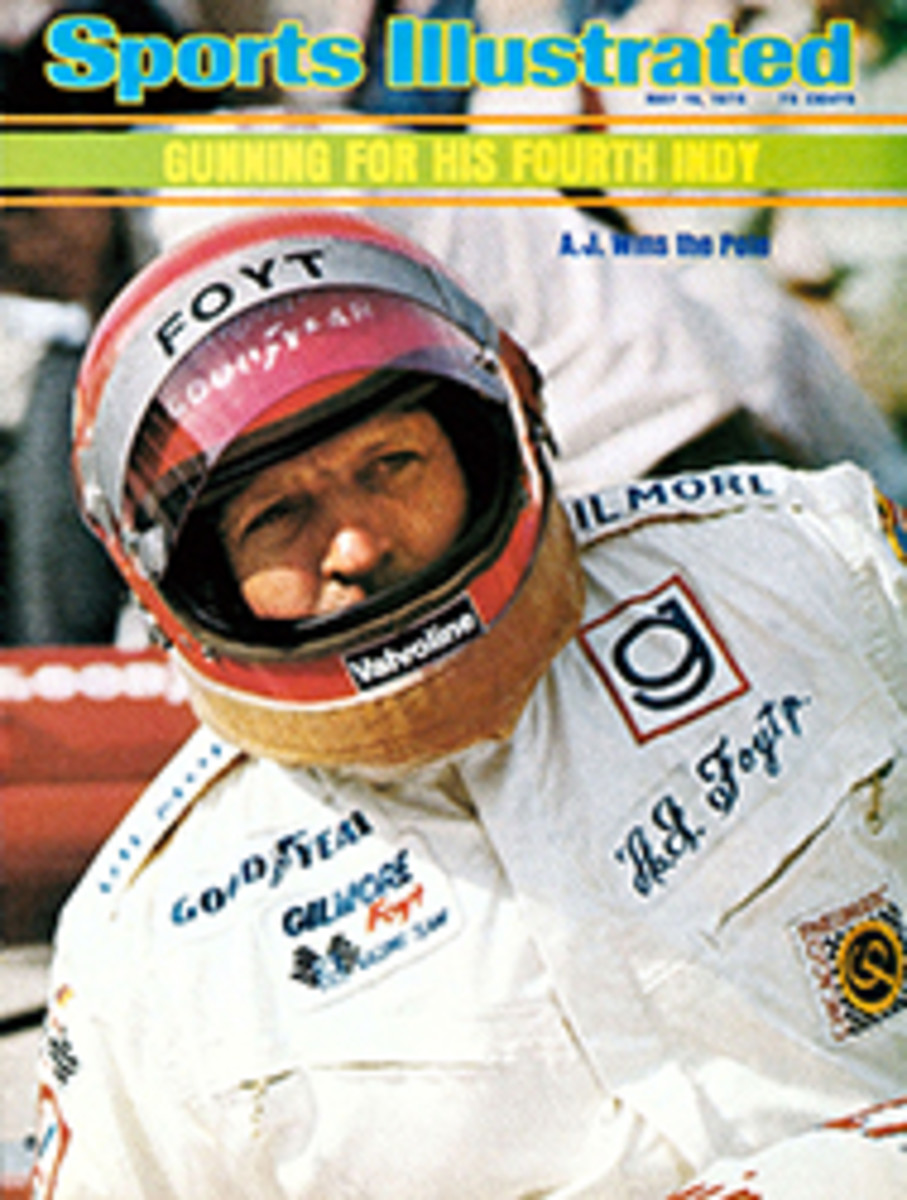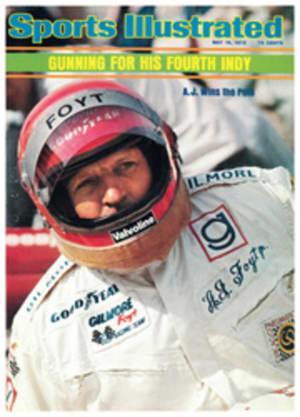
THE BIG EYE DON'T LIE, SO HIGH SCHOOL FOOTBALL GAME FILMS ARE ALL THE RAGE
Shooting high school football films has become a nationwide phenomenon. Twenty years ago game films were a novelty at a few flush schools; today coaches from coast to coast deem them a necessity. Neal Billman, president of the Ohio High School Football Coaches Association, says at least 90% of the high schools in the state film all their games. And this percentage roughly holds throughout the U.S.
Most teams in Southern California use game films, and the few claiming not to may be fudging. In the 1974 Southern Section playoffs, in which 144 teams competed, one small school did not have a game film to exchange under the mandatory agreement. Rival coaches were skeptical. "It might be technically true," said one. "Maybe some father takes the film, so it doesn't actually belong to the school. But there's no way that a team could make it to the playoff round without films."
Game films are no longer a Mom-and-Pop operation. On any football weekend Chicago's Cinema Processors handles film from 220 high schools, some as far away as Indianapolis. Colorgraphic in Atlanta runs a three-state, 600-mile pickup and delivery service. "Our truck leaves the mountains of southwestern North Carolina on Friday night," says owner Barney Loden, "and works its way down through small towns to Atlanta. We process the films, and send them back along the same route on Sunday. We provide everything that is needed for many schools—the photographers, the cameras, the film."
Across the country, pickups and deliveries are made at police stations, garages, drugstores and diners. Film turned over to a processor on Friday night is back by Saturday morning, film of Saturday afternoon games by dawn Sunday. It seems coaches can't wait to prepare for next week's game.
They rely on the films to spotlight player errors—and perhaps their own. As they say, "the Big Eye don't lie." But Bob Stuart, coach at Eastmoor High in Columbus, Ohio, believes there is more to it than that. "Game films are certainly excellent for scouting now that we all trade," he says, "but in the back of our minds is the help it will be in sending our youngsters to college. That's the big thing. It gives us an opportunity to showcase our players and it broadens their opportunities." Last season Atlanta appropriated $8,500 to film high school football, and 105 students won athletic scholarships. "We got $400,000 in football scholarships for $8,500 worth of film," says R. A. Wainwright, the assistant city athletic director. "There is no question that we got our money's worth."
Game films are paid for in various ways. Often 75% of the cost comes out of the school's football budget. The rest may be raised by booster clubs or parents. "Often it's an ego thing for parents," says one coach. "They just want to see their kids on film at the Monday night touchdown club." At Detroit's Cooley High, an inner-city school strapped for funds, students have sold candy to pay for film and the camera. Other schools stage Monday quarterback sessions, charging 10¢ a head to see the film of the previous weekend's game.
The equipment must be rugged, surefire in bad weather and require minimum maintenance. The most popular cameras are the Bell and Howell 70HR model which retails for $1,360 and up and the Bolex H16 Rex 5 ($1,110).
The Bell and Howell is a motor-driven 16mm box that shoots 16 to 24 frames a second and can accommodate either a 200- or 400-foot magazine. Most teams buy them in pairs, since coaches prefer that games be shot with two cameras—to ensure that no play is missed when the first camera runs out of film, and so that they have separate movies of the offense and defense.
Many California high schools have acquired cut-rate 70HRs from government surplus outlets for about $140. They then pay that much or a little more to have the cameras reconditioned.
Zoom lenses can be used with most cameras. However, many coaches and photographers prefer fixed focal-length lenses that can be opened up when the lighting is poor, which is often the case at high school fields.
A comparative newcomer to the market is Canon's Scoopic 16M ($1,810), a camera so fast-loading that an operator can film the offense and defense separately without missing a play. The Scoopic has a 100-foot automatic load with a zoom lens.
All of these cameras use 16mm film, which most coaches favor because of the sharper images and superior projection equipment. But Super 8mm cameras are now being perfected. The only drawback is that the film may not always be processed as quickly as the coaches would like. According to one retailer, just about any Super 8 camera with a zoom can be used.
Regardless of the type of camera, all coaches would choose color over black and white, but it costs too much-roughly $175 to $200 per game compared with the $100 to $125 for black and white—to be used regularly. And few schools have good enough lighting. "From a scouting or training standpoint, there's no question you see considerably more in color," says one coach, "and when it comes to attracting the attention of college coaches to players, color again is your best shot."
Now high school basketball teams (in some states, 50% of them) are using game films—even practice films. Swimming and track coaches are dabbling with cameras, too. Who knows? Someday they may even film third-grade dodge ball.

